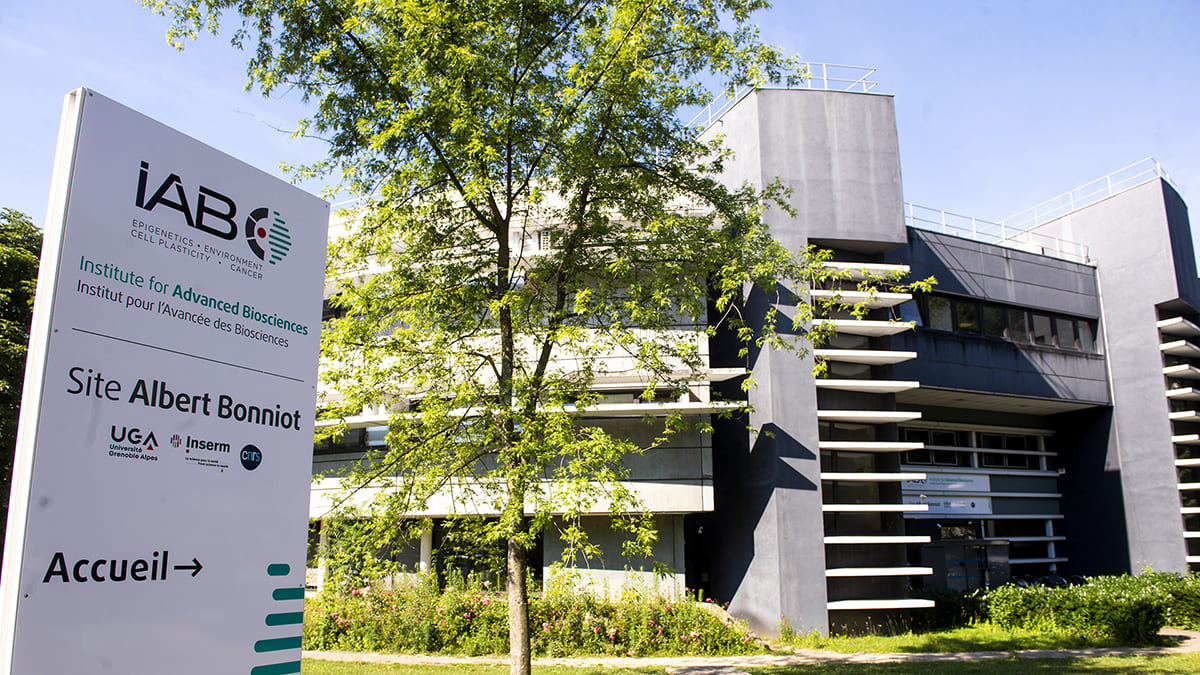
Reverse engineering of the hominization process
12/11/2024 11:00
Speaker: Vincent Fleury, Université Denis Diderot, Paris, France
There is a common knowledge in paleoanthropology that the process of hominization shows an increase in brain size associated to a forward flexure of the brain and a recession of the mouth. One may wonder whether this trend is the result of independent selection of traits or whether there would exist an internal constraint such that brains would spontaneously rock forward as they dilate. I present a detailed study of brain development at early developmental stages showing that the neural tube has a biaxial texture inherited from early cell divisions. As a consequence of this biaxial texture, the brain is a hybrid object having a structure of a “stick of balloons” : the brain is a series of vesicles or hernias, separated by contractile rings. Being such a hybrid object the brain inherits properties of balloons: it tends to dilate under pressure, and properties of sticks: it flexes under stress. Electrical stimulation of head development is able to cause either dilation or shrinkage of the brain, with a correlative anterograde or retrograde rotation of the head. This shows that the trend observed in paleoanthropology is wired mechanically inside the texture of the embryo. However, this peculiar structure grows under the hemodynamic forces. High resolution in vivo imaging of hemodynamics shows that the forces are locked to the embryonic texture. Such hemodynamic forces, acting on a stick of balloons cause a double Bourdon effect which again correlates head flexure and dilation for similar reasons.
The Bourdon effect is a classical effect in pipe engineering by which a tube straightens under pressure. In summary, we show that there exists inside the head a deterministic hinge controlled by pressure, and the process of hominization is amenable to reverse engineering.